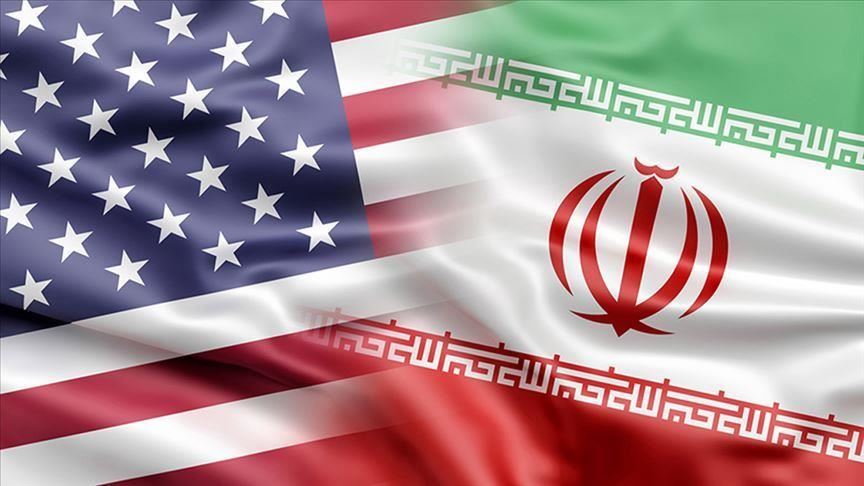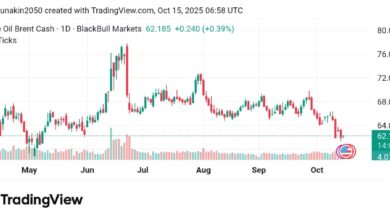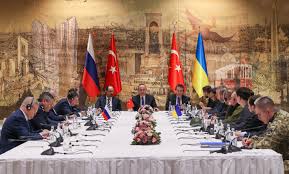Oil Prices Fall On Hopes Of U.S.-Iran Nuclear Deal, Rising Supply

Akintunde Oyedokun
Research Analyst
Oil prices fell Thursday as progress toward a U.S.-Iran nuclear deal raised expectations of increased Iranian crude supply. Brent settled at $64.53, down 2.36%, while WTI dropped 2.42% to $61.62. Rising U.S. crude inventories and higher expected exports from the Black Sea added to the downward pressure.
The International Energy Agency slightly increased its 2025 demand outlook but projected slower growth for the rest of the year. OPEC+ continues to raise output, while non-OPEC supply growth is expected to slow. Meanwhile, Russia-Ukraine tensions remain unresolved, keeping uncertainty in the market.
U.S. Factory Output Falls Sharply in April as Tariffs Weigh on Manufacturing
U.S. factory output fell 0.4% in April, led by a sharp 1.9% drop in motor vehicle production. The decline, worse than the expected 0.2%, raises concerns for Q2 growth amid ongoing tariffs. Year-over-year factory output rose 1.2%, but trade tensions and high production costs continue to weigh on the sector.
Durable goods output slipped 0.2%, while nondurables fell 0.6%. Overall industrial production was flat, with mining down 0.3% and utilities up 3.3%. Capacity utilization edged down to 77.7%, remaining below the long-term average.
Australia’s Job Surge Eases Rate Cut Pressure, But Markets Still Bet On Easing
Australia’s employment jumped by 89,000 in April, far exceeding expectations and signaling ongoing labour market strength. Despite this, markets still expect the Reserve Bank of Australia (RBA) to cut interest rates by 25 basis points next week due to easing inflation and global uncertainties like U.S. tariffs. The jobless rate held at 4.1%, with strong full-time and female employment gains. However, hours worked were flat, and wage growth remains modest. Analysts foresee gradual rate cuts ahead, as inflation returns to target and external risks persist.
Rwanda Holds Rate At 6.5%, Plans Gold Purchases To Boost Reserves
Rwanda’s central bank kept its key interest rate at 6.5% for the third consecutive meeting, aiming to maintain inflation within the 2%-8% target range while supporting economic growth. Governor Soraya Hakuziyaremye projected inflation to stay around 6.5% in 2025 and decline to 3.9% by 2026, though risks such as trade uncertainty and geopolitical tensions remain. Additionally, the bank announced plans to start purchasing gold in the financial year beginning in July to diversify and strengthen its reserves, following the example of neighboring countries like Uganda and Tanzania.
Nigeria’s Inflation Rate Drops to 23.71% in April
Nigeria’s inflation rate eased to 23.71% year-on-year in April, down from 24.23% in March, according to the National Bureau of Statistics. The rate surged last year, driven by President Bola Tinubu’s policies to remove subsidies and devalue the naira. Following a base year update, inflation dropped sharply from 34.80% in December to 24.48% in January, with a subsequent decline in February before rising again in March. Food and non-alcoholic beverages remained the largest contributors to inflation, with food inflation at 21.26% in April, slightly down from 21.79% in March.





